
CONTROLS
AG:1 Drop bomb
AG:2 Trim
AG:3
AG:4
AG:5
AG:6 Lights
AG:7 Drop tanks
AG:8 Canopy
VTOL: Flaps
TRIM
(LEER ANTES DE USAR)
Do not pull the entire lever backwards at low speeds to avoid stalling.

The Mustang was initially developed for the RAF, which was its first user. As the first Mustangs were built to British requirements, these aircraft used factory numbers and were not P-51s; the order comprised 320 NA-73s, followed by 300 NA-83s, all of which were designated Mustang Mark I by the RAF.The first RAF Mustangs supplied under Lend-Lease were 93 Mk Ia designated as P-51s by the USAAF, followed by 50 P-51As used as Mustang Mk IIs.

Aircraft supplied to Britain under Lend-Lease were required for accounting purposes to be on the USAAC's books before they could be supplied to Britain, but the British Aircraft Purchasing Commission signed its first contract for the North American NA-73 on 24 April 1940, before Lend-Lease was in effect. Thus, the initial order for the P-51 Mustang (as it was later known) was placed by the British under the "cash and carry" program, as required by the US Neutrality Acts of the 1930s.

After the arrival of the initial aircraft in the UK in October 1941, the first squadron of Mustang Mk Is entered service in January 1942, the first being No.

26 Squadron RAF.Due to poor high-altitude performance, the Mustangs were used by Army Co-operation Command, rather than Fighter Command, and were used for tactical reconnaissance and ground-attack duties. On 10 May 1942, Mustangs first flew over France, near Berck-sur-Mer.On 27 July 1942, 16 RAF Mustangs undertook their first long-range reconnaissance mission over Germany.

During the amphibious Dieppe Raid on the French coast (19 August 1942), four British and Canadian Mustang squadrons, including 26 Squadron, saw action covering the assault on the ground. By 1943–1944, British Mustangs were used extensively to seek out V-1 flying bomb sites.

The last RAF Mustang Mk I and Mustang Mk II aircraft were struck off charge in 1945.

Army Co-operation Command used the Mustang’s superior speed and long range to conduct low-altitude "Rhubarb" raids over continental Europe, sometimes penetrating German airspace.

The V-1710 engine ran smoothly at 1,100 rpm, versus 1,600 for the Merlin, enabling long flights over water at 50 ft (15 m) altitude before approaching the enemy coastline. Over land, these flights followed a zig-zag course, turning every six minutes to foil enemy attempts at plotting an interception.


During the first 18 months of Rhubarb raids, RAF Mustang Mk.Is and Mk.Ias destroyed or heavily damaged 200 locomotives, over 200 canal barges, and an unknown number of enemy aircraft parked on the ground, for a loss of eight Mustangs. At sea level, the Mustangs were able to outrun all enemy aircraft encountered.

The RAF gained a significant performance enhancement at low altitude by removing or resetting the engine's manifold pressure regulator to allow overboosting, raising output as high as 1,780 horsepower at 70 in Hg.In December 1942, Allison approved only 1,570 horsepower at 60 in Hg manifold pressure for the V-1710-39.

The RAF later operated 308 P-51Bs and 636 P-51Cs, which were known in RAF service as Mustang Mk IIIs; the first units converted to the type in late 1943 and early 1944. Mustang Mk III units were operational until the end of World War II, though many units had already converted to the Mustang Mk IV (P-51D) and Mk IVa (P-51K) (828 in total, comprising 282 Mk IV and 600 Mk IVa).

As all except the earliest aircraft were obtained under Lend-Lease, all Mustang aircraft still on RAF charge at the end of the war were either returned to the USAAF "on paper" or retained by the RAF for scrapping. The last RAF Mustangs were retired from service in 1947.

Specifications
Spotlights
- MAHADI 8 months ago
General Characteristics
- Predecessor WWII Challenge (Closed)
- Created On Android
- Wingspan 35.7ft (10.9m)
- Length 32.1ft (9.8m)
- Height 12.8ft (3.9m)
- Empty Weight 9,782lbs (4,437kg)
- Loaded Weight 10,998lbs (4,988kg)
Performance
- Horse Power/Weight Ratio 0.135
- Wing Loading 38.2lbs/ft2 (186.5kg/m2)
- Wing Area 287.9ft2 (26.8m2)
- Drag Points 1114
Parts
- Number of Parts 1142
- Control Surfaces 2
- Performance Cost 3,846

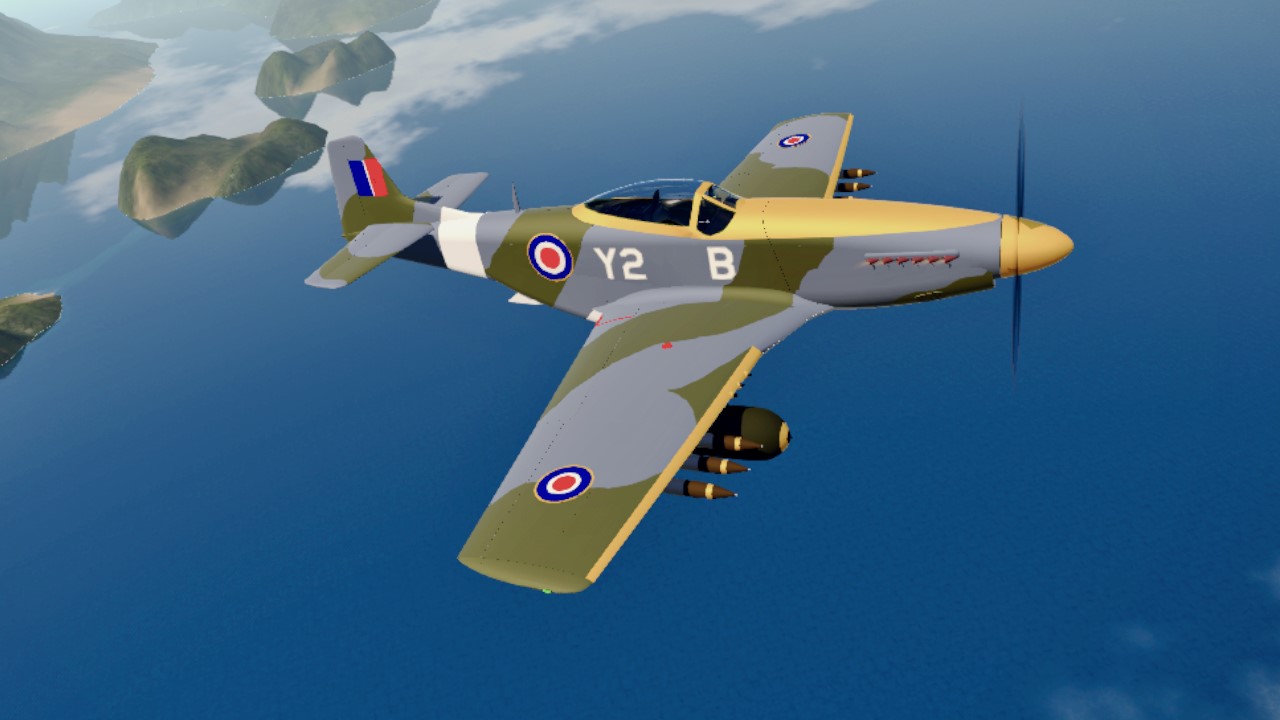
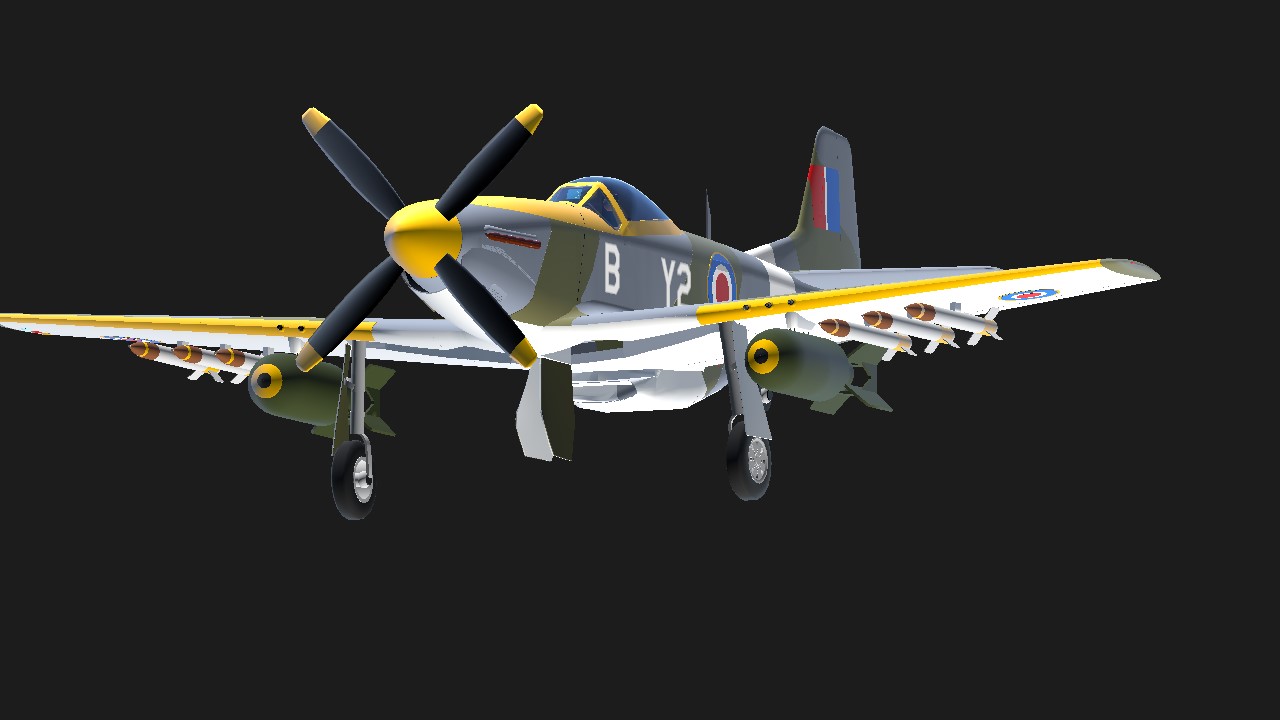
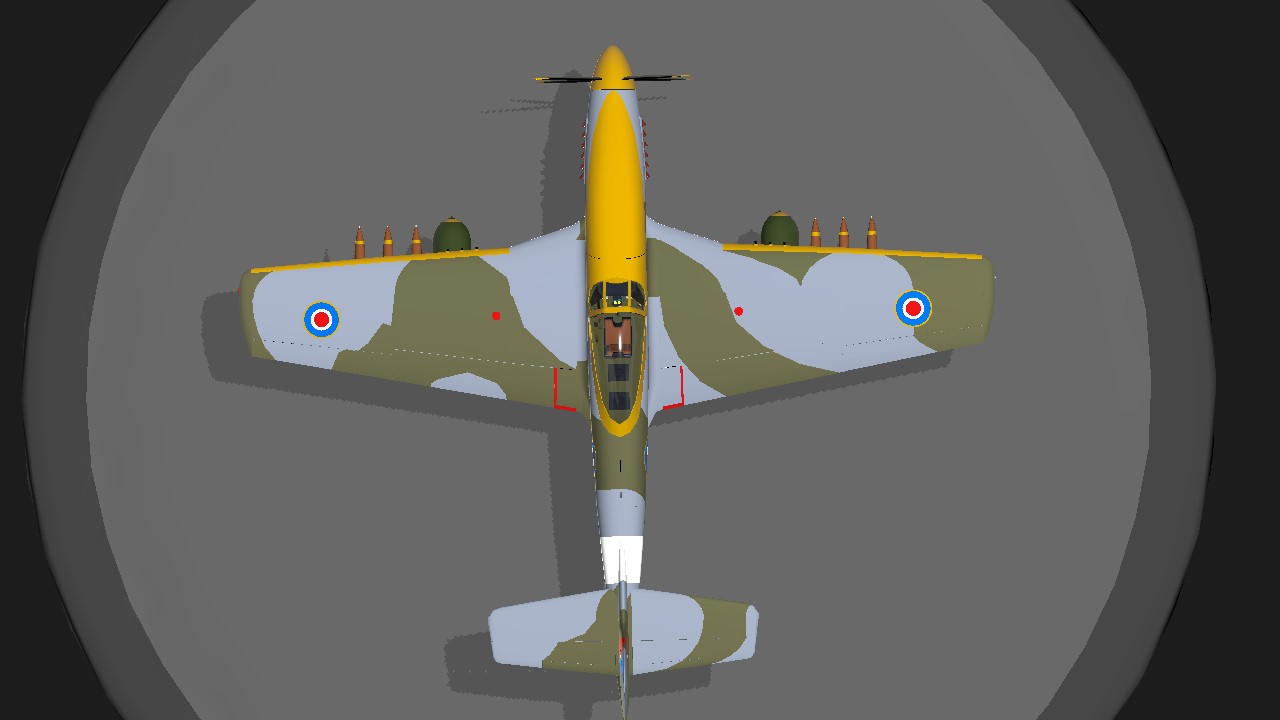
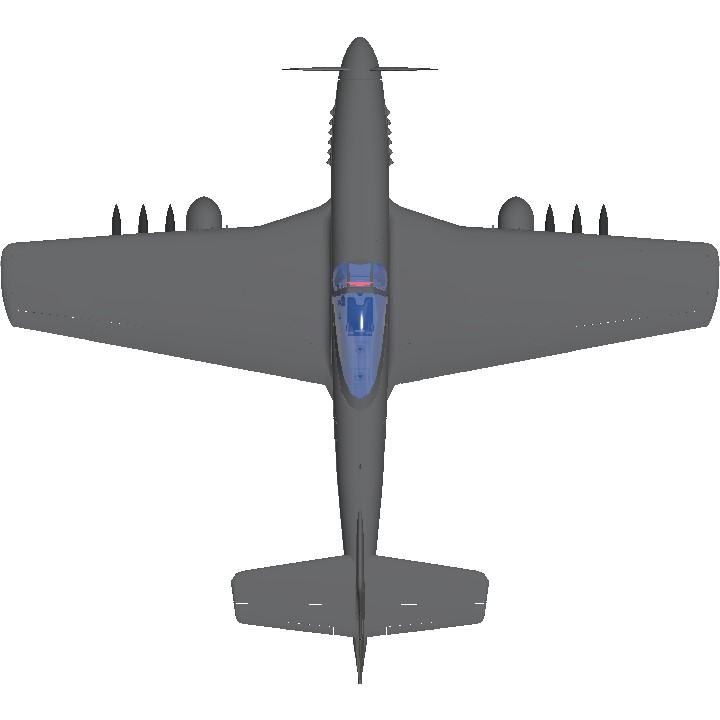
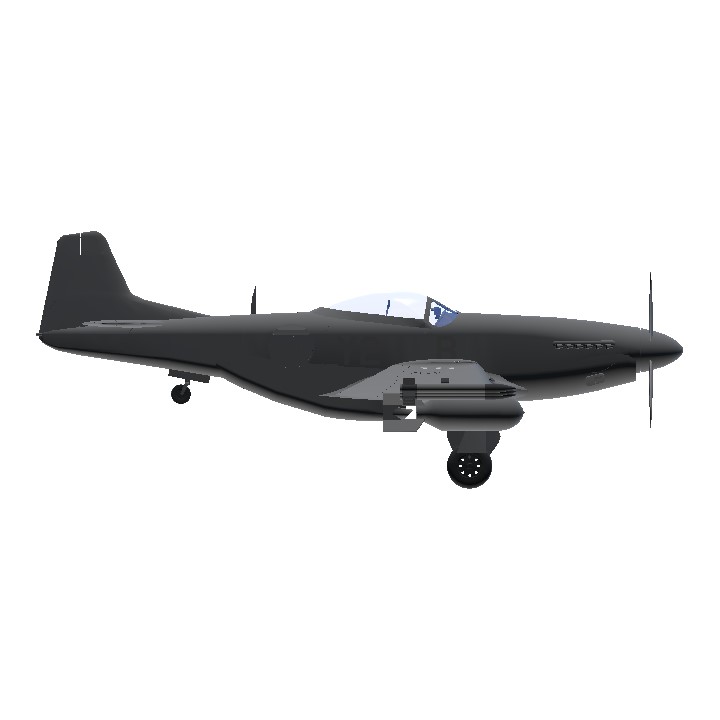
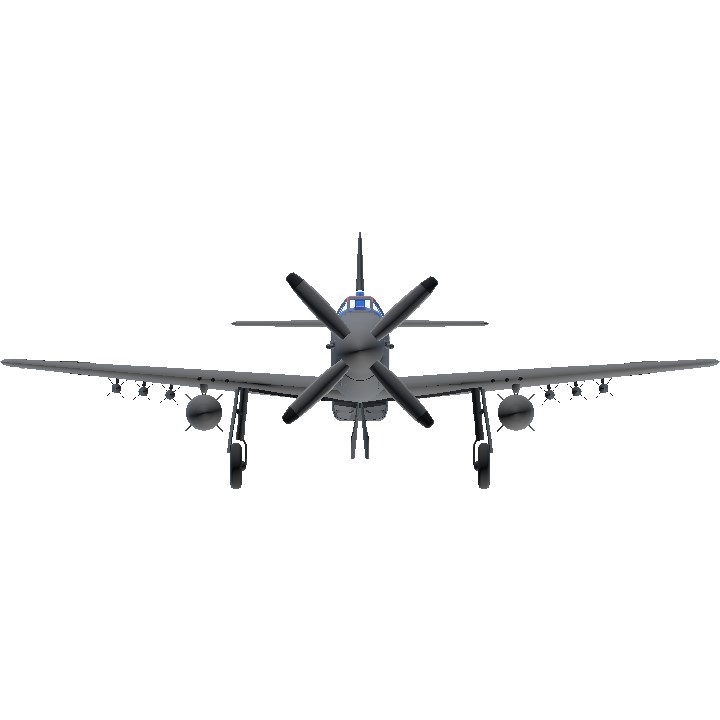
Congrats! You are the winner of this challenge!
you finally won one of my challenges after participating in them for a long time
gg!!!
scores updated
@MAHADI Without load it can reach more than 580 km/h at sea level and at 8000 meters it reaches its top speed, which would be about 705 km/h more or less. I haven't flown this one in a long time
it flies too slow and far less agile than the average P-51D
any reason?
RATING
Looks : 9.75/10 pts.
Details : 9.75/10 pts.
Performance : 9.5/10 pts.
Weaponry : 10/10 pts.
Functionality : 9.5/10 pts.
Bonus: 9.75/10 pts. (looks and details)
OVERALL RATING : 9.71/10
But I Still Have More Upvotes & Less Parts >:D
I Thought I'll Be The Winner, Until I Saw This...Noice
Thx
@Fancygun mmmm i try
Could you do a mobile friendly version ?
looks kinda like the mb.5 to me
Interesting, could you do a half canopy one?
That... I like it, but it just looks weird, uncanny, like a IL-2 with Normandy stripes or a Stuka B2 with a US Army paint job. Like it makes sense, but.... idk really good job
Cool! I have a mustang Mk.IV toy model
If ya'll wanna know what a British-American looks like, here ya go.
@TheOfficalMarylander
Same
The canopy bubble is a bit more bulgy, but that’s the only issue with it. Amazing work
F-5C Skoshi tiger next pls, also nice model
pretty neat, no scoop detail tho so you can see straight through it which is kinda
seeing a p-51 in raf liver is trippy for me for some reason
THIS IS BEAUTIFUL
Nifty looking
Phat bombs